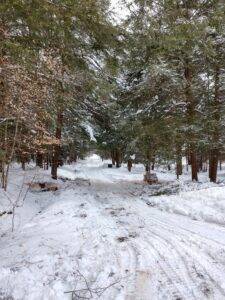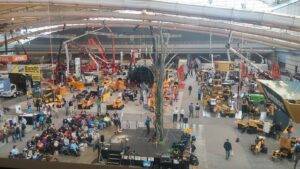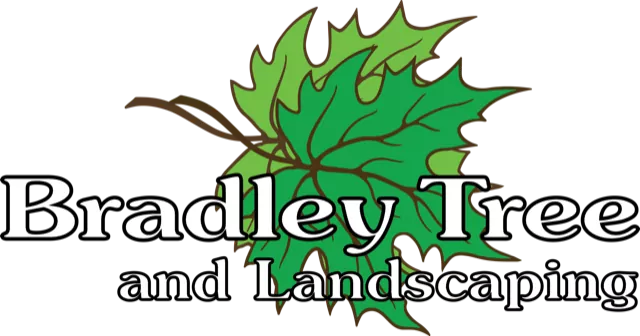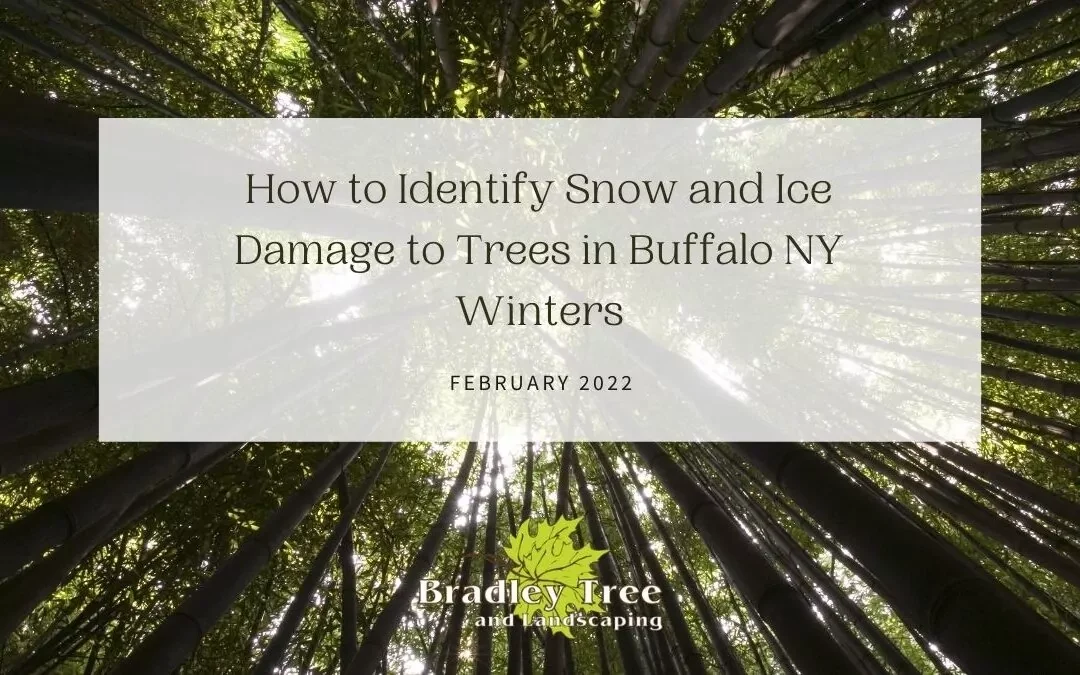Welcome back to the blog! Today, we wanted to once again go over some seasonal tree care tips for you. Protecting your investment in your landscape is important! Making sure that the cold and snowy Buffalo winters don’t adversely affect your trees is key to keeping them alive and thriving year-round. So today, we’re going to go over some tips and tricks to identify and some steps to take to remedy snow and ice damage to trees.
Yes, we know. It’s winter now and you want to think about warm summers, with birds chirping, a gentle breeze, and a large tree providing you shade. However, it’s still important to talk about what you need to do during the wintertime for some basic plant healthcare.
Remember, if you have any questions about WNY Regional Tree Care or would like a consultation with a professional, ISA-Certified Arborist, we are available at 716-916-2193
Since its the wintertime here in Buffalo, NY we’re going to focus on Snow and Ice Damage today.
Individual snowflakes aren’t all that heavy. They’re light and airy, that’s their whole thing. However, when a snowstorm rolls through, many snowflakes gather and pile on trees, getting heavier and heavier as it goes. Soon enough, that weight can cause damage to trees and shrubs, so here are some signs to keep watch for.
Easily Identified Snow and Ice Damage Signs

Some of the types of damage that trees face in the winter are easier to spot than others. These would be:
- Branches bent to the gorund
- Broken branches
- Ripped away pieces of bark
- Increased leaning in the tree
- Flattened shrubs
- Holes in the trunk
- Cracks and Decay
However, other kinds of damage are more difficult to spot, like cracks or splits in the bark. Internal damage could also be difficult to find. That’s why it’s always key to have a licensed arborist inspect both your visibly damaged trees as well as the others on your property.
Is there anything I can do to repair snow and ice damage to trees?
When trees are bent or leaning, there are some things that can be done to save them. Most importantly, you should have the tree assessed to be sure it can be saved. There are some smaller aspects you can do yourself with the right guides, but generally, it is advisable for a licensed arborist to perform these steps.
Repair Method 1: Corrective Pruning
You can call a professionally ISA-Certified Arborist, to do corrective tree pruning. We recommend having a professional handle pruning of large branches, high up branches, and branches near cables, among a couple others.
Corrective pruning is a precise measure to remove damaged branches to try and save a tree. After the damaged branches are removed, the crown structure must be rebalanced. Make sure to call today and schedule a consultation to know if this is something that can be done for your trees!

Repair Method 2: Cabling and Bracing
Another method of stabilizing for large trees is done by cabling and bracing. This absolutely needs to be done by professionals with the right tools and know-how, because this work can get dangerous. You need an understanding of the structure of the tree and physics to ensure it’s done safely and the tree doesn’t break further. We have a deeper dive on this process on this page here.
Sometimes, we need to remove a dead or dying tree.
If a tree is severely damaged, then it likely needs to be removed. We don’t like it, but it does sometimes happen. Bradley Tree and Landscaping also provides tree removal services when the option of saving a tree just isn’t feasible. Remember, a damaged tree is a hazard if it’s near anything or anyone that runs the risk of damage, injury or death. Trees that are not near any structure, infrastructure or people may be able to be left to fall on their own. If you’re unsure, we’re just a call away to take a look at the tree for you.
When Should I Call an ISA-Certified Arborist For Tree Damage Assessment?
You should call an arborist for assessment and consultation for any damage that is greater than a small, leaning-over tree you can stake yourself, or if you are unable to reach branches for pruning from the ground (with both feet down!) after the snow has receded.
Our tree care professionals will tell you what steps need to be followed and the probable outcome for that plant healthcare. Beware of bad actors proposing to top your tree. We’ve talked about how it’s dangerous and harmful before, but it bears repeating.
Contact The Premier Tree Care Professionals of Buffalo
Remember, we’re here to help and educate you, our customers. The better you understand your trees, the easier it is to care for them. Also, it allows them to survive and thrive. Make sure you don’t miss a thing by following along with our blog for more guides, tips and tricks! Also, you can check out our FaceBook page, where the arbor fun doesn’t end.
Here at Bradley Tree and Landscaping, we go to great heights to please you. We’re the top certified arborists in the Buffalo area. Call today or fill out a contact form to start giving your trees the care they deserve.

